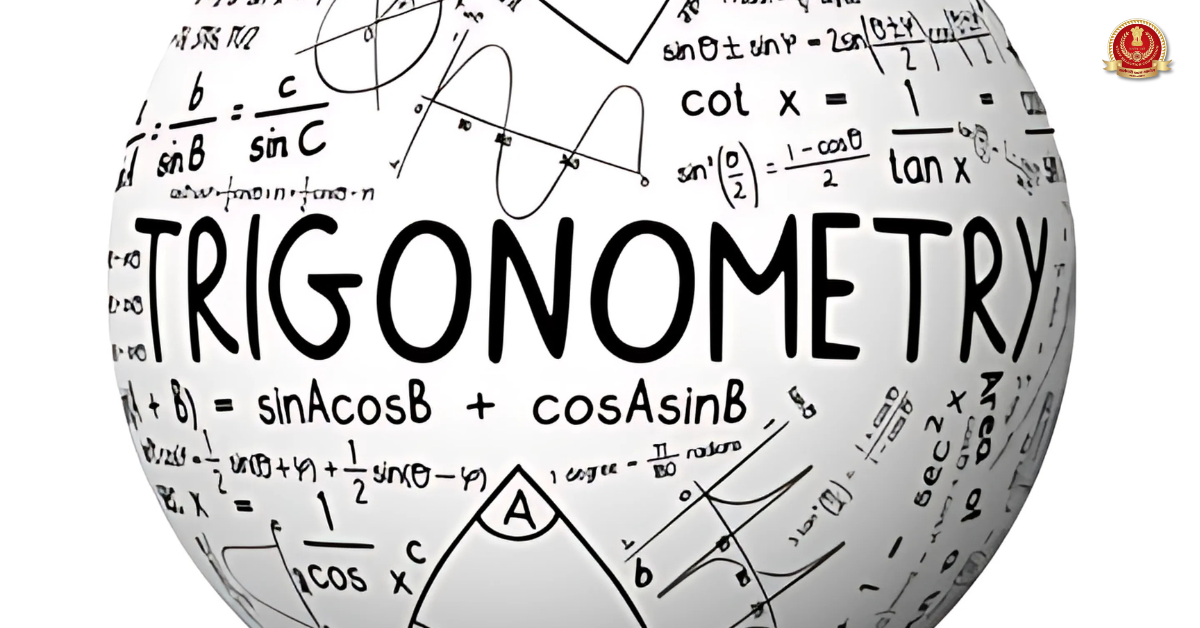POC Full Form
The full form of POC is “Proof of Concept”. It encapsulates the essence of a methodical approach to project development. Before investing significant resources in a full-scale project, organizations undertake the POC phase to test the waters, validate assumptions, and gather evidence that the proposed concept is not just theoretically sound but also practically achievable. In this article, we will delve into the full form of POC, the purpose it serves, and its importance in the landscape of innovation and project management.
POC Full Form in Hindi
POC का पूरा नाम “प्रूफ़ ऑफ़ कॉन्सेप्ट” है। यह परियोजना विकास के लिए एक व्यवस्थित दृष्टिकोण का सार समाहित करता है। पूर्ण-स्तरीय परियोजना में महत्वपूर्ण संसाधनों का निवेश करने से पहले, संगठन पानी का परीक्षण करने, मान्यताओं को मान्य करने और सबूत इकट्ठा करने के लिए पीओसी चरण का कार्य करते हैं कि प्रस्तावित अवधारणा न केवल सैद्धांतिक रूप से सही है बल्कि व्यावहारिक रूप से प्राप्त करने योग्य भी है।
Key Characteristics of Proof of Concept
- Feasibility Testing: POC involves the initial testing of a concept’s feasibility. This includes assessing whether the proposed solution can be developed within the technological and resource constraints.
- Risk Mitigation: By conducting a POC, organizations identify potential risks early in the project lifecycle. This allows for the implementation of risk mitigation strategies before committing to large-scale development.
- Technical Viability: POC serves as a platform to assess the technical viability of a solution. It helps in identifying any technical challenges that may arise during full-scale implementation.
- Stakeholder Validation: POC is an opportunity to validate the concept with stakeholders, garner feedback, and ensure that the proposed solution aligns with the expectations and requirements of key stakeholders.
POC in Project Development
- Idea Generation: The POC phase typically begins with an idea or concept that has the potential to address a specific problem or meet a particular need. This could be a new product, a software solution, or an innovative process.
- Planning and Design: Once the idea is formulated, the next step involves planning the POC and designing a small-scale prototype or model that represents the core elements of the proposed solution.
- Implementation: The designed prototype is then implemented, and the POC is carried out in a controlled environment. This may involve developing a small-scale version of a software application, creating a physical prototype, or testing a new process in a limited setting.
- Data Collection and Analysis: During the POC, data is collected to assess the performance, functionality, and potential challenges of the prototype. This data is then analyzed to draw conclusions about the feasibility and effectiveness of the proposed concept.
- Stakeholder Feedback: Stakeholders, including end-users, management, and other relevant parties, provide feedback on the POC. This feedback is valuable for refining the concept and making necessary adjustments before moving forward.
Importance of Proof of Concept
- Risk Reduction: POC serves as a risk mitigation strategy by identifying potential challenges and shortcomings early in the project lifecycle. This allows organizations to address issues proactively and make informed decisions.
- Cost Efficiency: Conducting a POC before full-scale implementation helps in optimizing costs. If the concept proves unfeasible or if major issues are identified, organizations can avoid investing significant resources in a project that may not yield the desired results.
- Enhanced Decision-Making: POC provides the necessary evidence and insights for informed decision-making. It enables stakeholders to assess the practicality of a concept and make decisions based on tangible results rather than theoretical assumptions.
- Stakeholder Alignment: By involving stakeholders in the POC phase, organizations ensure that the proposed solution aligns with the expectations and requirements of key stakeholders. This alignment is crucial for the success of the project in the long run.
Challenges and Considerations in POC
- Resource Allocation: While POC is a cost-effective strategy in the long run, allocating resources for the initial testing phase can still be a challenge. Organizations need to strike a balance between resource investment and potential benefits.
- Time Constraints: Depending on the complexity of the concept, conducting a POC may take time. Balancing the need for thorough testing with project timelines requires careful planning.
- Clear Objectives: To derive meaningful insights, the objectives of the POC must be clearly defined. Without a clear roadmap, the POC may fail to provide the necessary evidence for decision-making.
Future Trends in Proof of Concept
- Blockchain for POC: The use of blockchain technology is gaining traction in POC processes, particularly in industries such as finance and supply chain. Blockchain provides a secure and transparent way to validate concepts.
- Integration of Artificial Intelligence: The integration of artificial intelligence (AI) in POC processes is expected to enhance predictive analysis and decision-making, allowing for more accurate assessments of concept feasibility.
- Collaborative POC Platforms: With the increasing prevalence of remote work and global collaboration, collaborative platforms for POC are likely to become more sophisticated, enabling teams to work together seamlessly, regardless of geographical location.
Conclusion – POC Full Form
In conclusion, the full form of POC, Proof of Concept, embodies a pivotal phase in the journey of innovation and project development. By systematically validating and demonstrating the feasibility of a proposed concept, organizations pave the way for informed decision-making, risk reduction, and ultimately, successful project outcomes. As technology continues to evolve and businesses strive for efficiency and effectiveness, the role of POC in shaping the future of project development remains integral to achieving sustainable and impactful solutions.
- Why is The SSC CGL Called a Mini IAS?
- Important Number System Questions for SSC Exams, Practice Here
- Trigonometry Questions For SSC CGL 2025, Solve Important Questions
- How to Prepare for SSC CGL with Full Time Job? Get Complete Guide
- 40 Geometry Formulas PDF – Download Here
- RRB ALP Mock Test 2025 Official Link , Know How to Solve
POC Full Form – FAQs
Ans. The full form of POC is “Proof of Concept”.
Ans. POC का पूरा नाम “प्रूफ़ ऑफ़ कॉन्सेप्ट” है।

Hello, I’m Aditi, the creative mind behind the words at Oliveboard. As a content writer specializing in state-level exams, my mission is to unravel the complexities of exam information, ensuring aspiring candidates find clarity and confidence. Having walked the path of an aspirant myself, I bring a unique perspective to my work, crafting accessible content on Exam Notifications, Admit Cards, and Results.
At Oliveboard, I play a crucial role in empowering candidates throughout their exam journey. My dedication lies in making the seemingly daunting process not only understandable but also rewarding. Join me as I break down barriers in exam preparation, providing timely insights and valuable resources. Let’s navigate the path to success together, one well-informed step at a time.






